When it comes to staying fit and healthy as we age, cardiovascular exercise is non-negotiable. But with so many approaches available, how do you choose the right one? High-Intensity Interval Training (HIIT) and steady-state cardio are two of the most popular forms of cardiovascular exercise—and both have strong advocates. But which one truly supports graceful aging?
In this comprehensive guide, we’ll break down the science, benefits, and practical applications of both HIIT and steady-state cardio. You’ll learn what works, why it works, and how to adapt your routine based on your age, fitness level, and long-term health goals.
High-Intensity Interval Training (HIIT) involves short bursts of intense exercise followed by brief recovery periods. A typical session might last 20–30 minutes and include exercises like sprinting, jumping jacks, or burpees performed at near-maximum effort for 30 seconds, followed by 30–60 seconds of rest or low-intensity movement.
HIIT has gained popularity due to its time efficiency and powerful metabolic effects. Studies show it can boost cardiovascular fitness, increase calorie burn even after the workout (known as the afterburn effect), and improve insulin sensitivity—all critical factors in healthy aging.
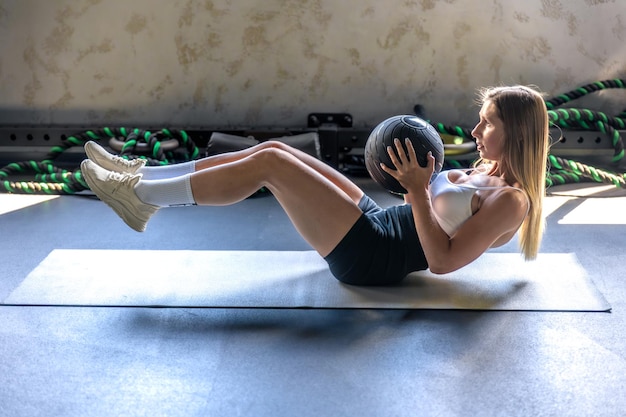
Steady-state cardio refers to continuous, moderate-intensity exercise performed at a consistent pace for 30 minutes or more. Examples include brisk walking, jogging, cycling, or swimming at a sustainable effort level where you can still hold a conversation.
Often referred to as LISS (Low-Intensity Steady-State), this form of cardio is accessible, low-impact, and easy on the joints—making it ideal for long-term adherence, especially as we age. It supports heart health, aids in fat oxidation, and promotes mental well-being through rhythmic, meditative movement.
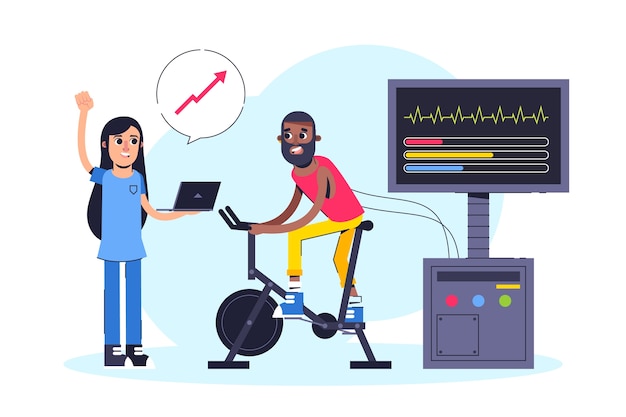
The answer isn’t one-size-fits-all. As we age, our bodies undergo changes: decreased muscle mass, slower metabolism, reduced joint flexibility, and increased recovery time. Both HIIT and steady-state cardio have roles to play—but balance is key.
For healthy adults under 50 with no underlying conditions, incorporating 1–2 HIIT sessions per week can maintain cardiovascular fitness and metabolic health. However, as we move into our 50s, 60s, and beyond, overreliance on high-intensity work may increase injury risk and impair recovery.
Steady-state cardio becomes increasingly valuable with age. It supports circulation, joint mobility, and mental clarity without excessive strain. Walking for 30–60 minutes daily has been linked to reduced risk of heart disease, cognitive decline, and all-cause mortality.
The most effective approach is integration. Use both forms of cardio strategically:
While HIIT offers impressive short-term results, steady-state cardio often wins in the long run—especially for aging populations. The best exercise is the one you can do consistently, enjoy, and sustain without injury.
Aging gracefully isn’t about pushing harder—it’s about moving smarter. By combining the metabolic benefits of HIIT with the joint-friendly endurance of steady-state cardio, you create a balanced, resilient fitness foundation that supports health for decades to come.
Listen to your body, respect recovery, and make movement a lifelong habit—not a temporary challenge.

Fitness

Fitness

Fitness

Fitness
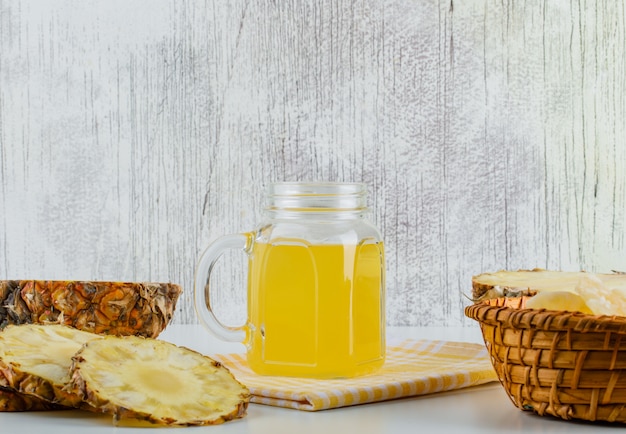
Health

Health

Health

Wellness
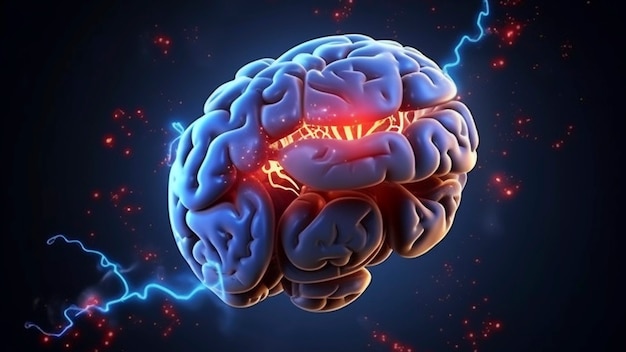
Health

Health

Health
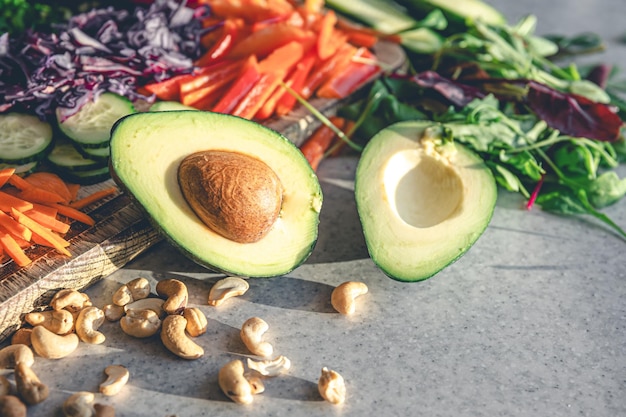
Health

Health

Fitness

Health

Health